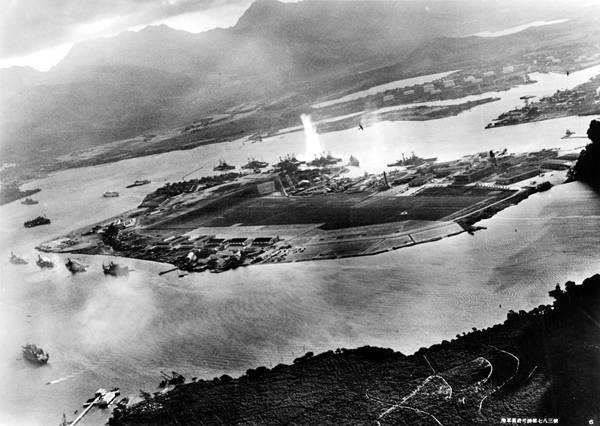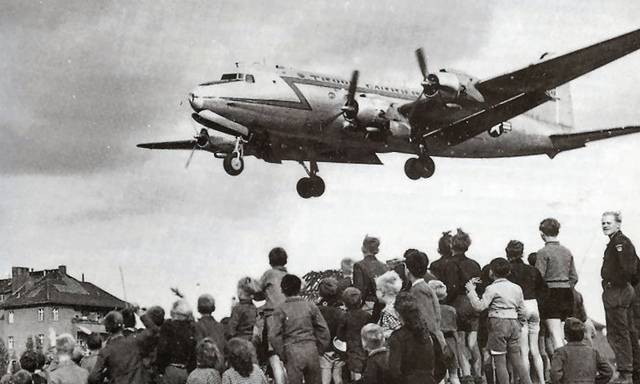Soaring Through History: Aviation and Enduring Impact on War, Aid, and Culture
From the Wright brothers’ pioneering flight to modern supersonic jets, aviation has carved a sky-high path through history, leaving an indelible mark on major events. Its influence transcends mere transportation, shaping the course of wars, humanitarian efforts, and cultural exchanges like no other invention. So let’s dive in Aviation and Enduring Impact on War, Aid, and Culture
Warfare Takes Flight:
Imagine the First World War without aerial reconnaissance. Blinding armies to enemy movements, flimsy biplanes revolutionized combat, giving rise to dogfights and strategic bombing campaigns. The Second World War saw aviation reach new heights, with iconic battles like Pearl Harbor and the D-Day landings hinging on aerial dominance.

Humanity Takes Wing:
Beyond the battlefield, aviation has been a crucial lifeline in times of crisis. The Berlin Airlift, a daring post-war mission to supply a blockaded city, stands as a testament to aviation’s power to defy seemingly insurmountable odds. Similarly, countless humanitarian missions rely on planes to deliver vital aid to disaster-stricken regions, often the only hope for those in desperate need.
Cultures Connect, Borders Blur:
Aviation shrinks the world, fostering cultural exchange and understanding like never before. From tourism’s global boom to the ease of international collaboration, airplanes have become bridges connecting nations and traditions. Shared experiences in the sky, from in-flight meals to chance encounters, weave threads of connection that transcend language and geography.
Analyzing the Impact:
The Berlin Airlift, for instance, stands as a powerful example of aviation’s ability to tip the scales in political standoffs. By keeping West Berlin alive, the airlift defied Soviet pressure and solidified Western resolve during the Cold War. Similarly, the development of aerial reconnaissance during wartime transformed military strategy, enabling commanders to make informed decisions based on real-time intel gathered from the skies.
Aviation’s story is far from over. As technology continues to evolve, from supersonic travel to drone delivery, the skies hold endless possibilities for shaping the future. By understanding aviation’s past, we gain a deeper appreciation for its present and a glimpse into the transformative journeys it holds for generations to come.
Further Reading links and References:
- “The Airplane: How It Changed the World” by Jeff Haden: https://www.hachettebookgroup.com/
- “Aviation in the 20th Century” by John R. Gunston: https://www.amazon.co.uk/Aviation-Flight-consultant-editor-Gunston/dp/B001KRN5OU
- The National Air and Space Museum: https://www.si.edu/museums/air-and-space-museum
- “The Berlin Airlift: A Victory for the Human Spirit” by David Reynolds: https://www.amazon.com/Berlin-Airlift-Cold-Mission-Save-ebook/dp/B07G1KQQ5K
- “Eyes in the Sky: The Story of Aerial Reconnaissance” by John Keegan: https://www.amazon.com/Eye-Sky-Philip-K-Dick/dp/0547572549
- “Pan Am: World Airways 1927-1991” by R.E.G. Davies: https://www.amazon.com/Pan-Am-Airline-Its-Aircraft/dp/0517566397
- The International Civil Aviation Organization (ICAO): https://icao.int/
- The Aerospace Industries Association (AIA): https://www.aia-aerospace.org/
- The Royal Aeronautical Society: https://www.aerosociety.com/
Perl Harbour image source: By Imperial Japanese Navy – Official U.S. Navy photograph NH 50930., Public Domain, https://commons.wikimedia.org/w/index.php?curid=223876



